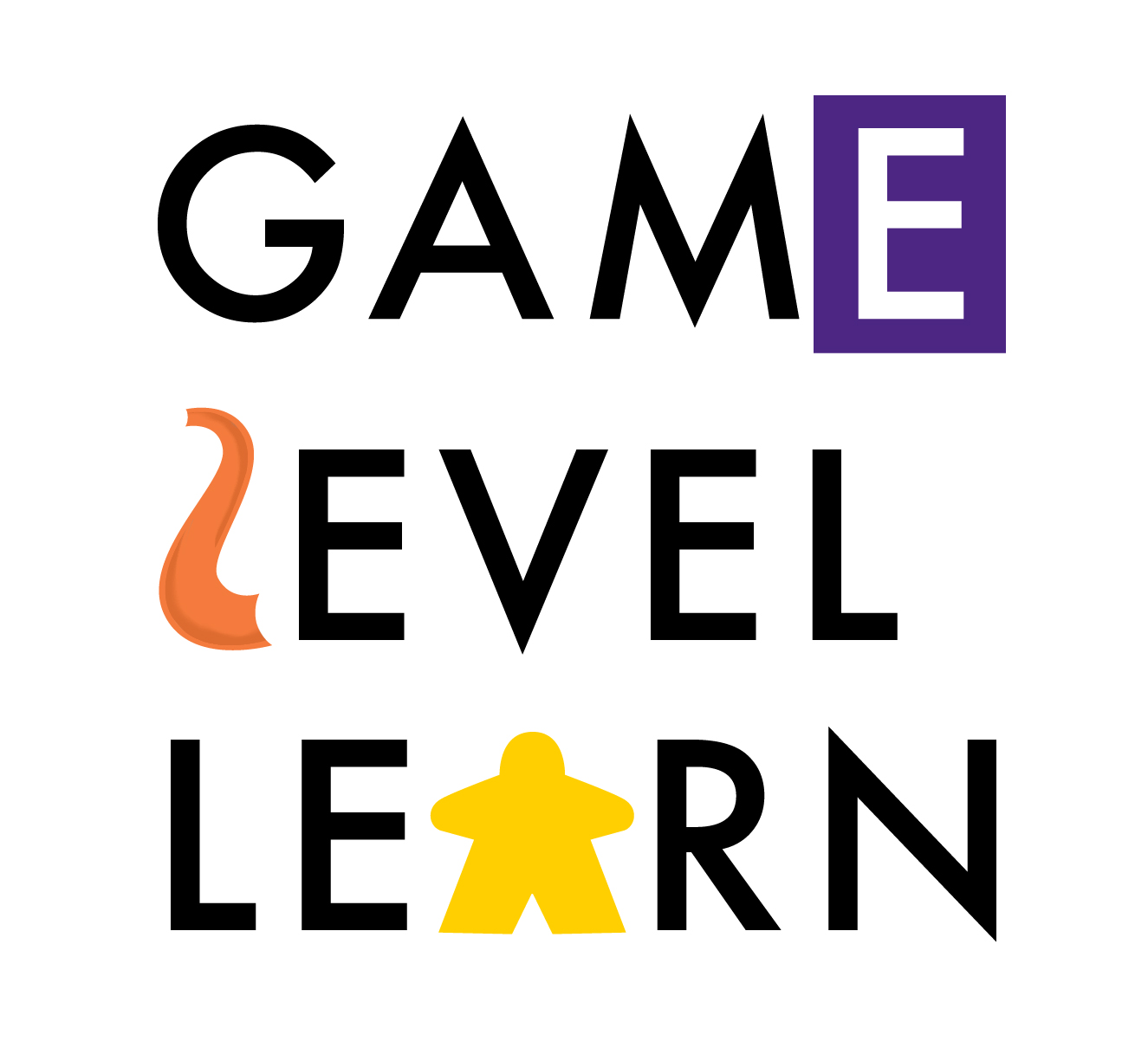51 Mechanics: Storytelling
/BoardGameGeek (BGG) is a singular repository of gaming information, knowledge and wisdom that has been serving the modern board game hobby since 2000. I consult it regularly and have used its database to manage my own game collection. I also used it when I was writing my 2016 book on gamified instruction, particularly with regard to the game mechanics that BGG identified and organized content into. While there are more than 85,000 games, even now, there are just 51 mechanics. Since every mechanic offers something to the teacher who wants to use games in the classroom, I'm going to use this section of Game Level Learn and my own contributions to it to assess games from each of these 51 mechanics. Next up?
As a longtime player of tabletop roleplaying games, I have long valued the presence of a storytelling component in any of the games I play. Even very old classics sometimes had a component of the gameplay that encouraged me as a player to tell stories about what was going on in the game over the board. I can think of two particular examples of this. Kingmaker, a 1970s game about the Wars of the Roses, had a complex political system woven into the gameplay and also featured numerous potential claimants to the English throne. These invited impromptu acting, the deployment of appropriate British accents and gave us all a sense of ebb and flow that made telling a story about what had just happened very easy. The second example is the virtually unheard of 1981 game Fifth Frontier War, which was part of the Traveller campaign setting. Because the game featured preprogrammed movement and an interstellar war, the sudden arrival of two fleets in similar space (or the failure of one or the other to appear) made a simple hex-and-counter wargame pop for me.
Storytelling games are becoming ever more popular as the "Legacy" games movement gains steam. Use these games right out of the box to help students understand how story is structured and how to tell them effectively. Or use the mechanics of any of these games to make your class work like a story or to have students design their own.
Fog of Love (BGG Rank: 881)
Essentially a romantic comedy film in a box, the goal of Fog of Love is to achieve your goals in developing a relationship. A two-player game, this was published in 2017 and attracted a lot of attention for its theme and style, as well as for its innovative game play.
Mice & Mystics (BGG Rank: 206)
Mice&Mystics is a campaign game in which you take on the role of a mouse soldier attempting to accomplish an assortment of story goals with other mice (or by yourself in solo play). Clearly inspired by the novels in the Redwall series and by the graphic novels in the MouseGuard series (themselves inspiring the roleplaying game of the same name), Mice&Mystics is a satisfying, complex game that puts story first.
Rory’s Story Cubes (BGG Rank: 1844)
These sets of dice are great as ice-breakers, stimulants to the imagination and as generators of stories in their own right. I have used these in all sort of settings to help get a story going or to challenge someone in a game design class to reconsider the direction their going by retelling the story based on the role of these dice. Super fun.
Stuffed Fables (BGG Rank: 994)
You are stuffed animals sworn to protect a little girl. Go! Stuffed Fables is as simple as that. A delightful game that features an extended campaign in which you take on the role of these stuffed animals (all of whom have distinct powers and personalities).
Tales of the Arabian Nights (BGG Rank: 310)
The mother of all storytelling boardgames, Tales of the Arabian Nights has you taking on the role of one of the characters in the Tales and then undertaking a series of quests throughout the world of the Tales (Arabia, India, Africa and so forth). You are trying to gather "Destiny" and "Story" points through the experiences you have which will allow you to return to Baghdad and claim victory! The story framework the game's designer did to make the gameplay possible is a labor of extraordinary depth - it makes a typical choose your own adventure story look like a toddler's picture book. Great fun, especially for 3 players.
Cover image from: [https://www.boardgamegeek.com/image/688794/tales-arabian-nights]


